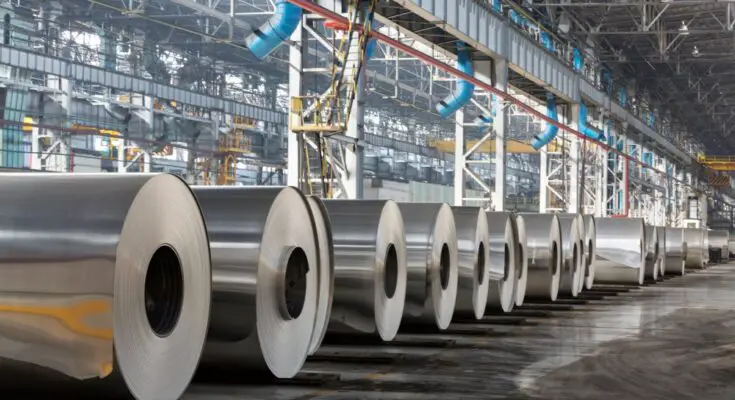Aluminum is one of the most versatile metals used across various industries, from aerospace and automotive manufacturing to construction and marine applications. Its unique properties, such as being lightweight, corrosion-resistant, and highly durable, make it an invaluable material for a variety of projects.
However, not all aluminum is created equal. Understanding the different aluminum grades is critical for the success of any project that requires this metal. We’re exploring the most common grade types and their applications, helping you choose the best grade and alloy for your demands.
The Basics of 6061 Aluminum
6061 aluminum is one of the most versatile and widely used grades, known for its excellent mechanical properties. It strikes a balance between strength, corrosion resistance, and machinability, making it ideal for an array of applications. Metalworkers often choose 6061 for projects that require strong yet lightweight components, such as structural beams, piping, and bicycle frames.
Why 5052 Is Perfect for Marine Applications
The 5052-aluminum grade is widely appreciated for its exceptional resistance to corrosion, especially in marine environments. Its high malleability and fatigue strength make it a popular choice for creating complex shapes and designs without compromising durability. Applications, such as fuel tanks, boat hulls, and pressure vessels, rely on the properties of 5052.
Unparalleled Strength With 7075 Aluminum
For applications demanding a high strength-to-weight ratio, 7075 aluminum stands out as the go-to choice. This grade, enriched with zinc, provides exceptional mechanical strength, rivaling many types of steel. Aerospace and automotive manufacturers frequently use 7075 to create lightweight yet durable parts, such as structural aircraft components, frames, and performance car chassis.
Despite its superior strength, 7075 is less resistant to corrosion compared to grades like 5052. However, its hardness allows industrial professionals to achieve precision in parts that require tight tolerances, elevating it as a premium option for projects where performance is nonnegotiable.
Factors To Evaluate When Choosing Aluminum Grades
Selecting the appropriate aluminum grade begins with understanding the project’s needs. Strength, corrosion resistance, weldability, and machinability heavily influence your selection type.
For example, construction professionals prioritizing corrosion resistance for outdoor structures may lean toward 6061, while marine-focused metalsmiths frequently prefer 5052 for its weatherproof properties.
How Aluminum Grades Shape Applications Across Industries
Aluminum grades significantly influence various industries, playing a pivotal role in their operations. Construction projects often favor 6061 for its lightweight strength, making it ideal for window frames and structural reinforcements. The marine industry showcases the resilience of 5052 in creating long-lasting boat hulls and decks, while aerospace engineering depends on the strength of 7075 to develop aircraft wings and fuselage components. Automotive manufacturers use a mix of the different types of aluminum grades to balance performance, weight, and cost in everything from sedans to racecars.
Mastering aluminum grade and alloy selection is an essential skill for professionals in construction, metalworking, and manufacturing. From the adaptable 6061 to the corrosion-resistant 5052 and the ultra-strong 7075, each grade presents unique benefits tailored to specific needs. Choosing the right grade optimizes project performance and enhances durability and cost efficiency.



